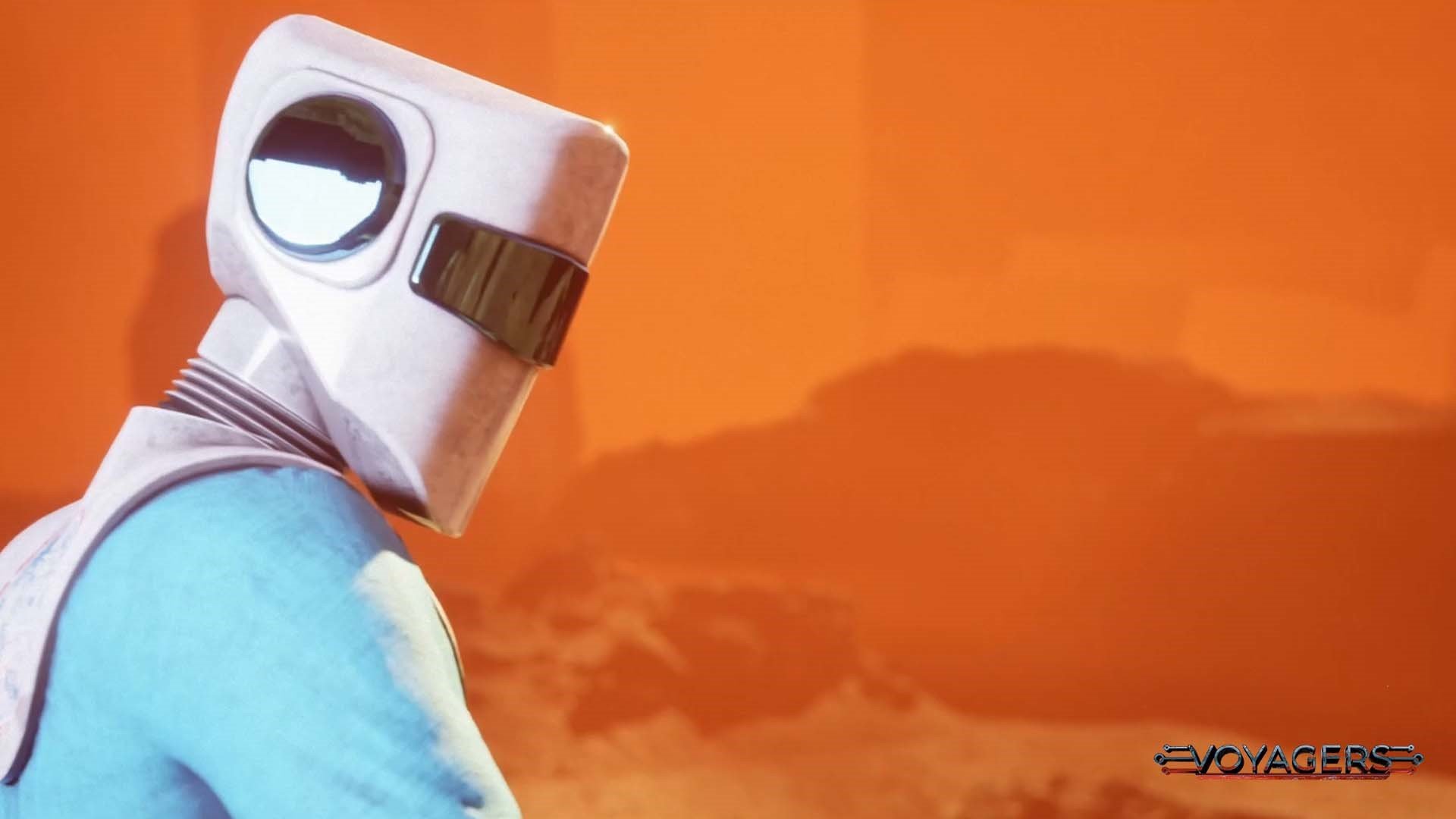
Virtual Production offers new and exciting ways to blend performance with cutting-edge technology
Photo: MBD
Voyagers: Bridging the gap between arts and immersive tech
As co-founder and creative director of MBD, Paul Long has seen first-hand how the use of immersive technology is transforming the arts sector. Here, he shares MDB’s latest immersive project, Voyagers, and reflects on the essential role ambition and investment can play in driving this cultural shift.
When I co-founded MBD in 1997, the world was a very different place. Labour had just come to power with a landslide victory, and Oasis were flying high (OK not so different) but, as a touring theatre company, our access to technology consisted of reel-to-reel tape recorders, video players and TV screens built into our stage sets.
Today, MBD is an Arts Council England NPO, making all its work using game engine technology. That includes Virtual Reality (VR), large-scale projection and interactive installations. Over those decades, creative technology has been constantly changing and we at MBD continually evolved alongside it.
Embracing new technology
These days, it’s rare to spend time learning without the pressure of a polished final product. But that is what funding from The Space and University of Leicester Institute for Digital Culture enabled us to do with Voyagers: A learning journey.
Having recently installed a high-end motion capture rig and camera tracking equipment, Virtual Production (VP) offered a new and exciting way for us to blend performance with cutting-edge technology. Voyagers followed our journey, as we learned to get the best from these tools.
We shared four behind-the-scenes videos of the creative process and, as the project concluded, a short film that compiled all our experiments into one package. It was never meant to be perfect, but it was a transparent way of showing the sector what we could achieve with a tight budget, and a lot of curiosity. It was to encourage others to embrace new technology in their own practice.
Combining game engine tech with live performers
Let’s rewind for a moment. I mentioned Motion Capture (mo-cap) and VP, but what exactly do these terms mean? Mo-cap is a way of capturing performers as three-dimensional characters. MBD uses it mostly in VR.
Having started in theatre, we’ve always sought to keep performers in our work: mo-cap is one way of doing that. VP is another. It links game engine environments with real performers in front of the camera. It means we can seamlessly film performers with computer-generated scenery in real time.
VP is mainly used in film and TV but, as the technology develops, it’s easy to imagine uses in live performance and interactive artworks too. Voyagers combined mo-cap and VP techniques, while we learned how to edit our footage in Unreal Engine. Unreal is the game software we use for most of our VR projects.
I could tell you about the whole process, but we designed the project to do that through the films, so seek them out to see our journey for yourself. Suffice to say, the project had its highs and lows, but we came out with much more knowledge and experience.
A call for more ambition and investment
There is ample evidence of artists experimenting with new technologies, and it proves that artists will always find ways to incorporate new techniques into their work in creative, surprising and inspiring ways. However, what I see is a landscape predominantly of prototype funding. While that is great for sparking ideas, the path for progression is less clear.
In other industries, these technologies are routinely used in projects with budgets deep into seven figures. In the arts world, the investment landscape is very different. While I understand funding complexities, I think we need to be honest about the relationship between ambition and investment. I would like to see arts investment put creative technology companies shoulder to shoulder with those currently at the top of the portfolio.
Changing the way we define artists
However, it’s too simplistic to make this an article about funding. I think there’s a bigger hurdle for the sector to overcome and that comes down to how we define artists. I hear a lot about getting immersive technology into the hands of artists, but there is a generation of talented, curious and creative people who have trained with this technology, and the sector is not doing enough to entice these new creatives into our industry.
Games design graduates, for example, are often not recognised as artists. Instead, they are seen as technologists. This needs to change. By bringing in new people and ideas, we can leverage the embedded knowledge of parallel industries. That means new ways of sharing work and new audiences too. The push cannot just be to give existing artists new skills, it also needs to turn people with the skills our sector desperately needs into artists. We need to be more open and inclusive.
For MBD, Voyagers is part of a longer journey with immersive technology. It has pitched us into a space that straddles arts, films and games. Immersive technology has bridged a gap between different creative industries, and people, in a way I have never experienced before.
Inside the VP industry, there is a great spirit of openness and a belief that these technologies will revolutionise the way we create work. True or not, as a creatively inquisitive person, that level of enthusiasm is infectious. It’s a journey I want to be part of and one I want to see our sector fully embrace. Let’s all be Voyagers.
With thanks to The Space, University of Leicester Institute for Digital Culture and Arts Council England.
Join the Discussion
You must be logged in to post a comment.